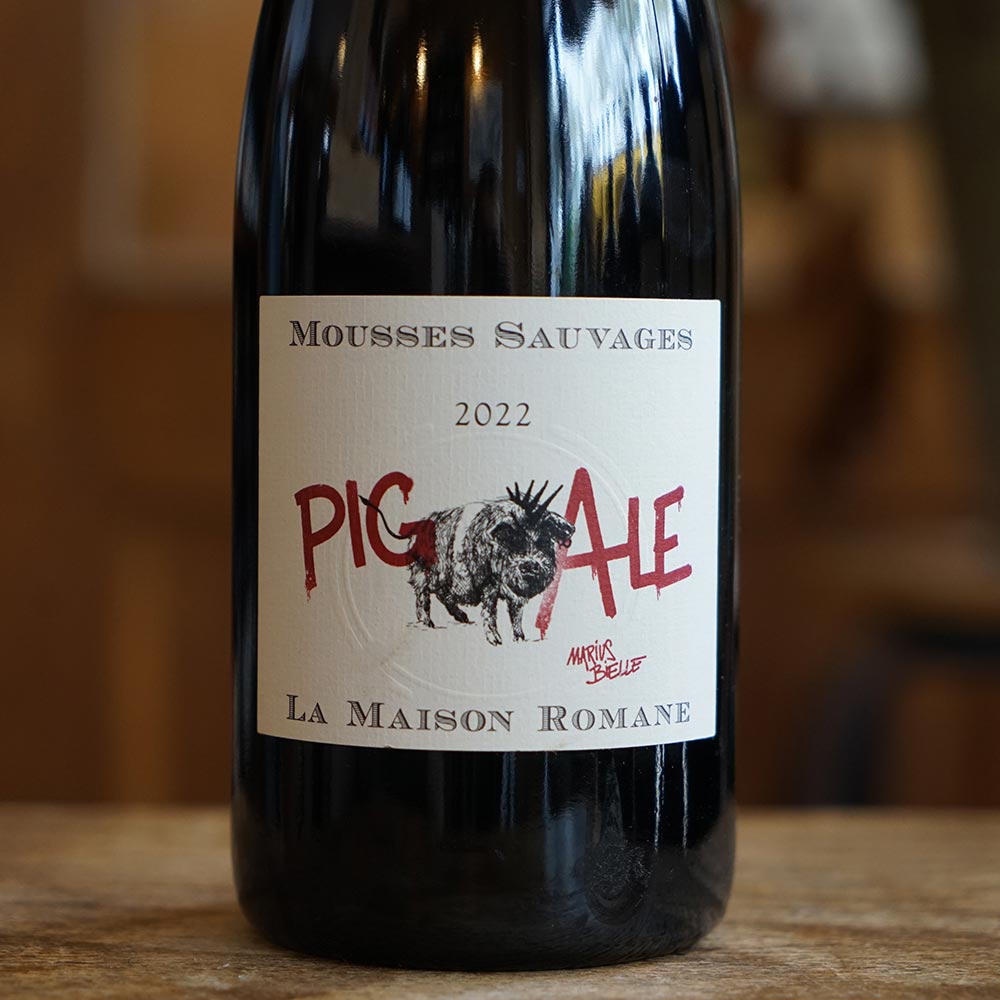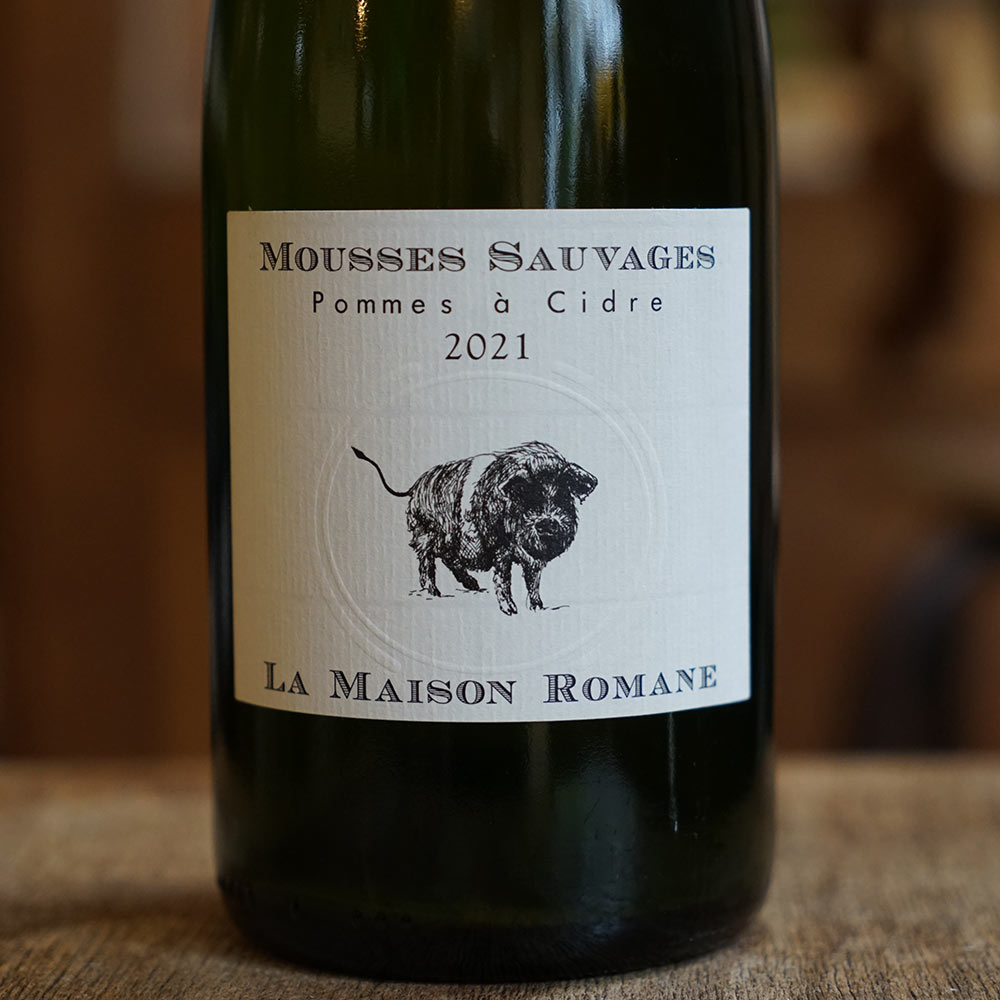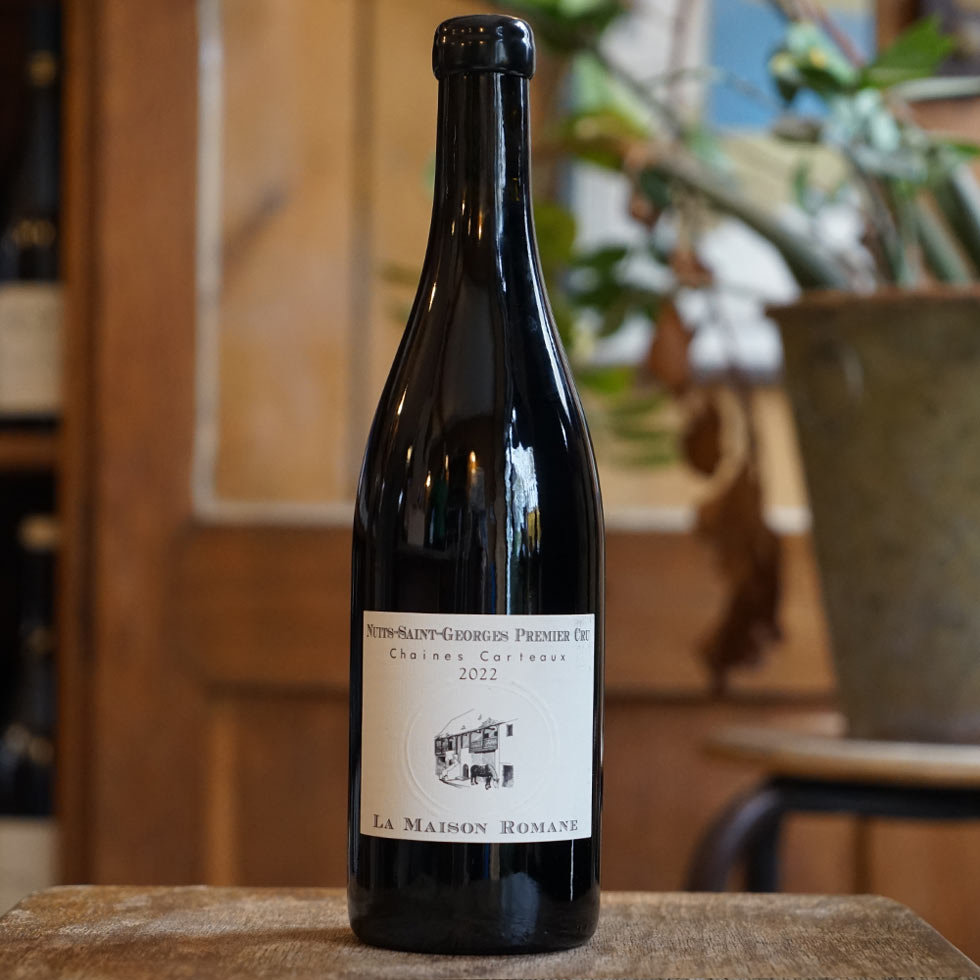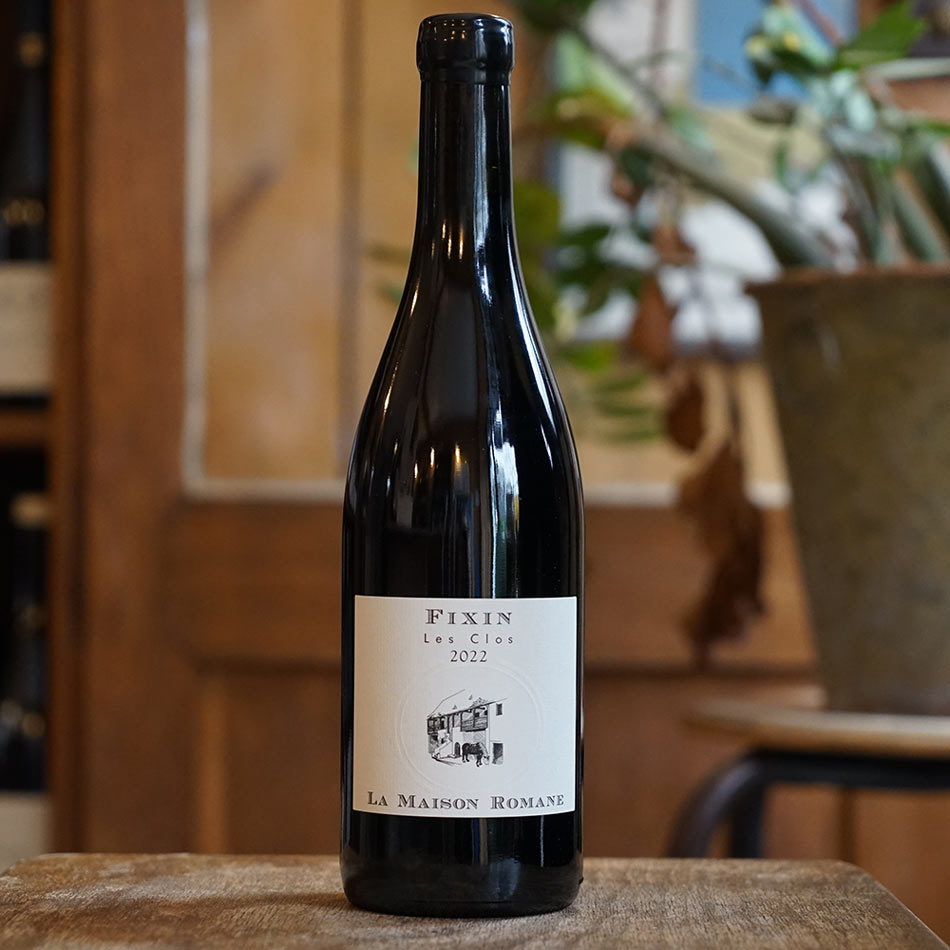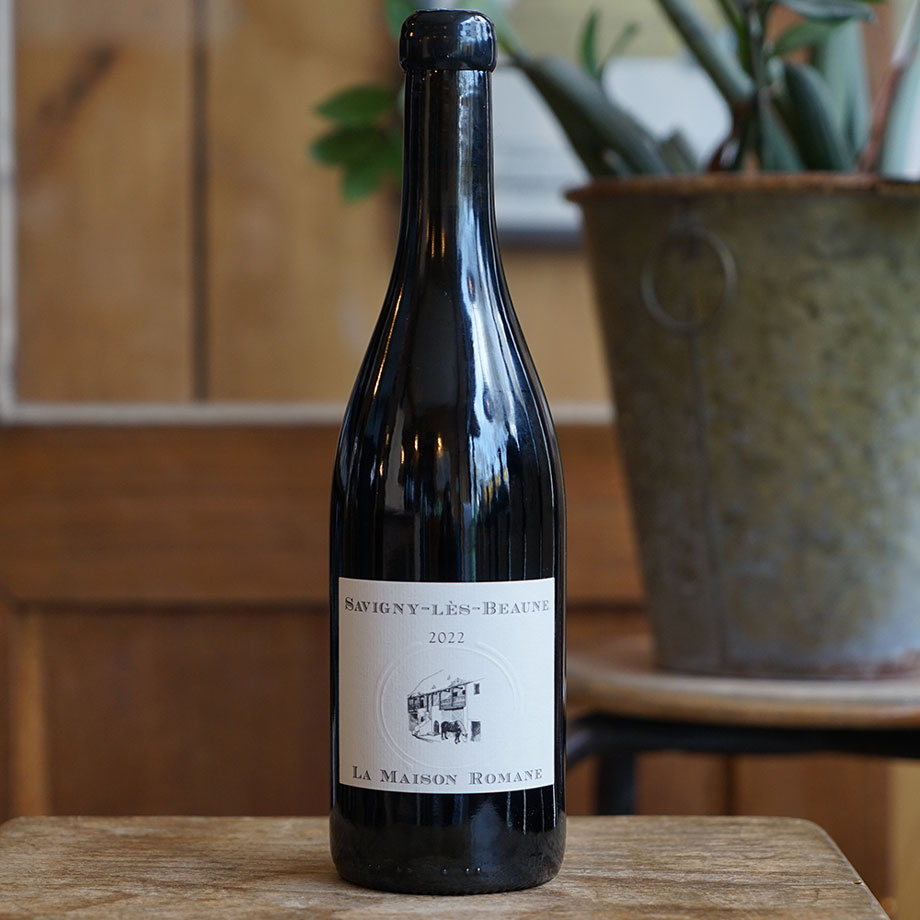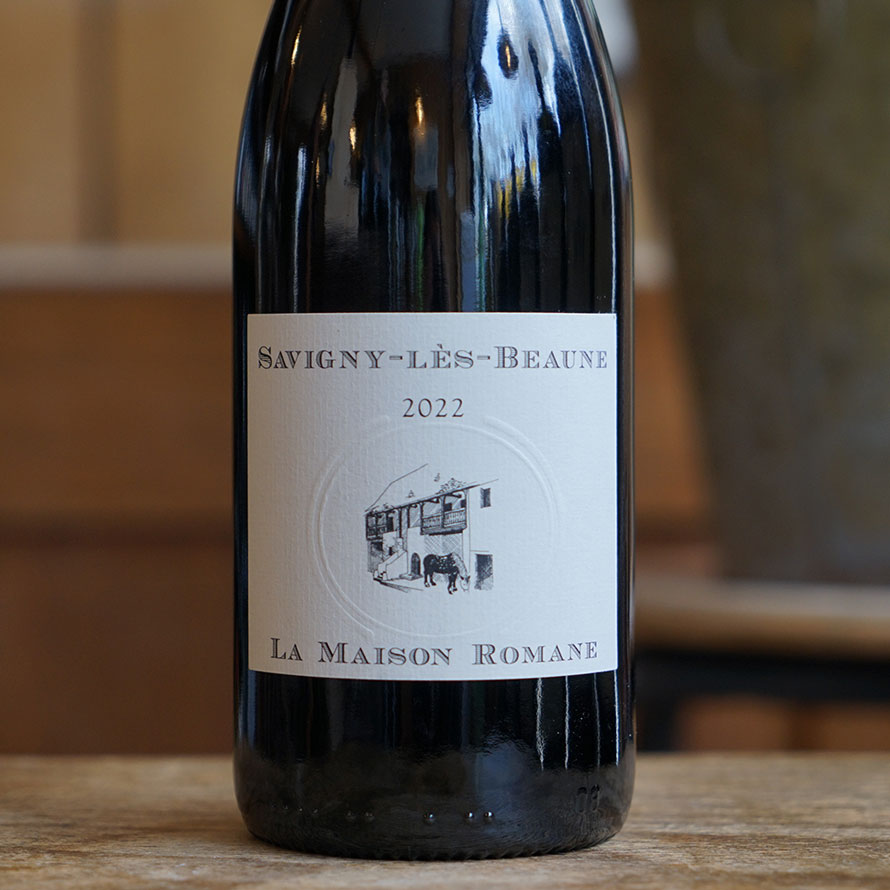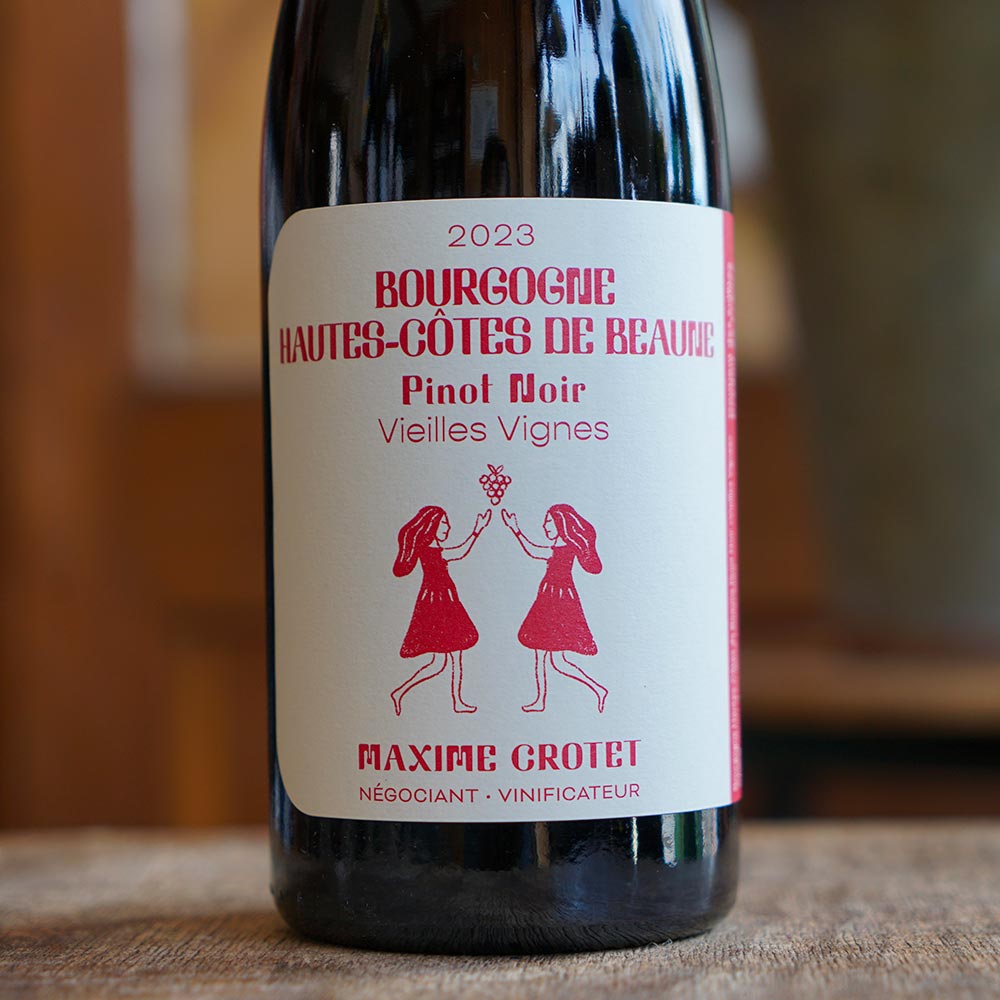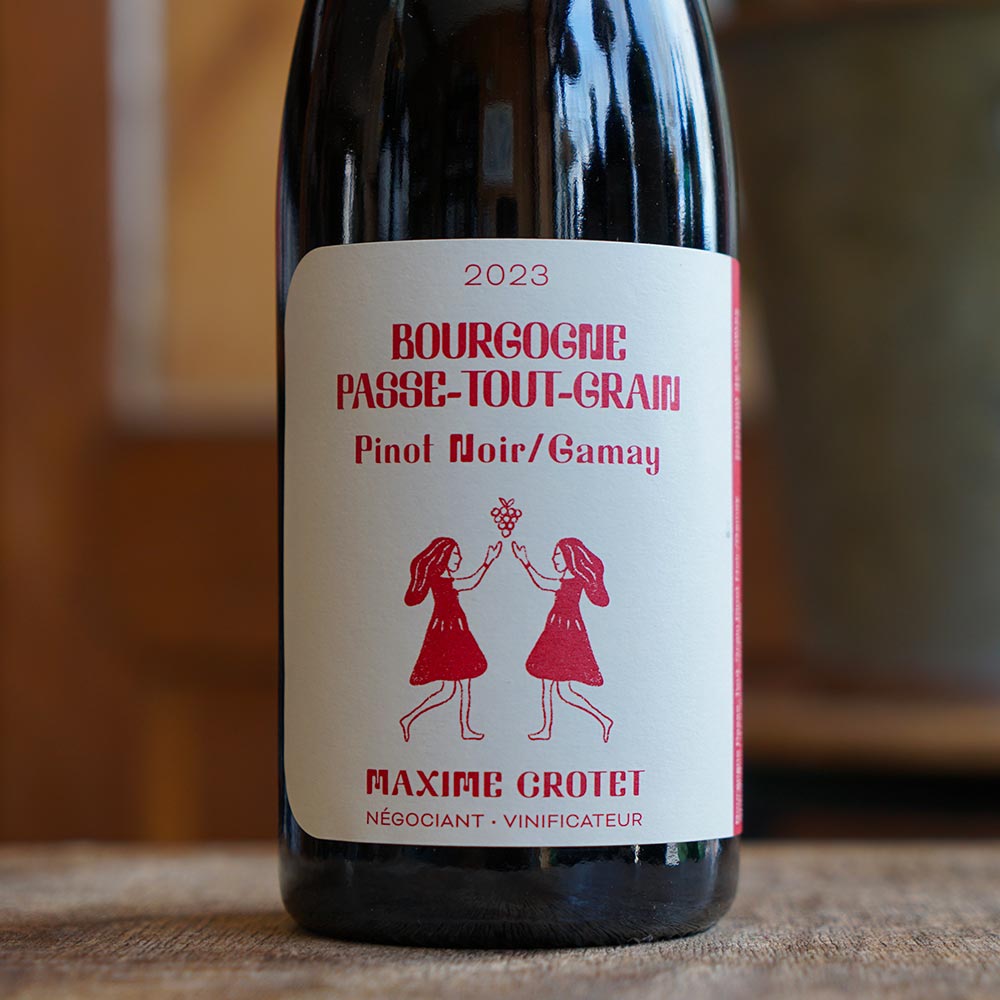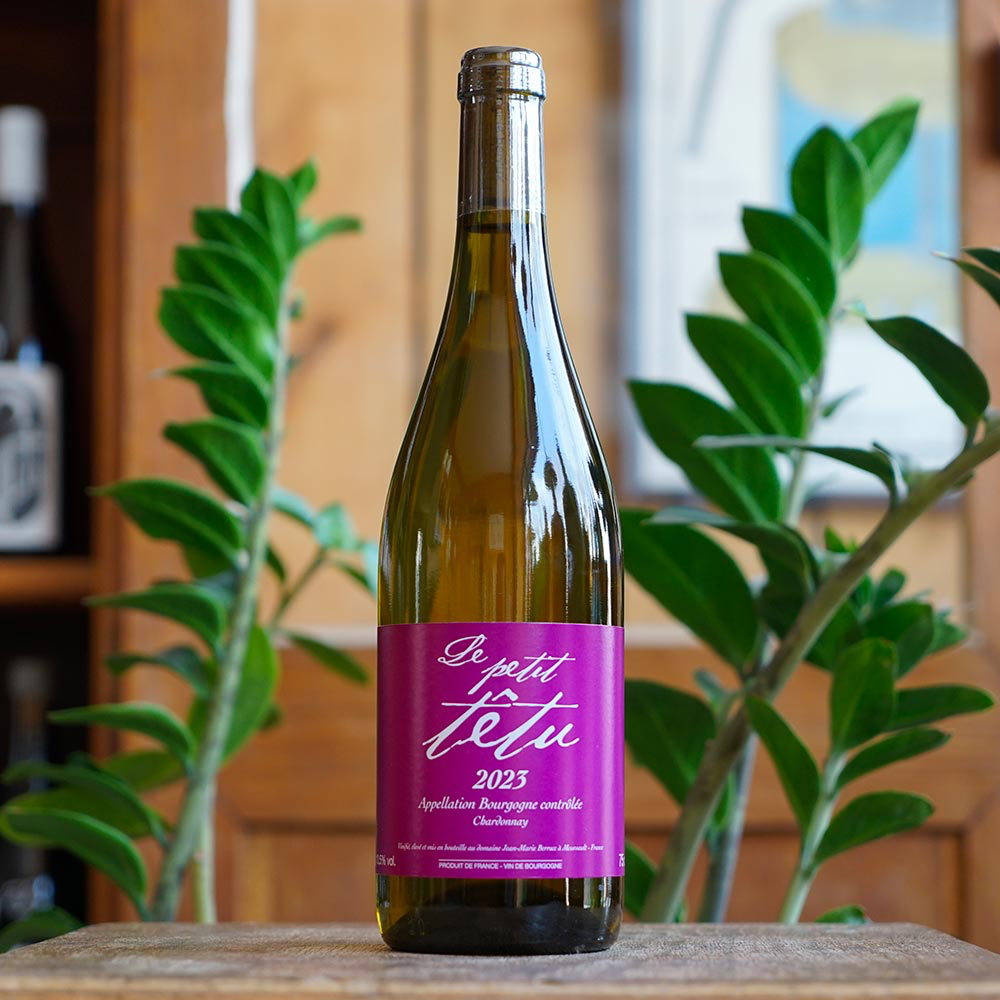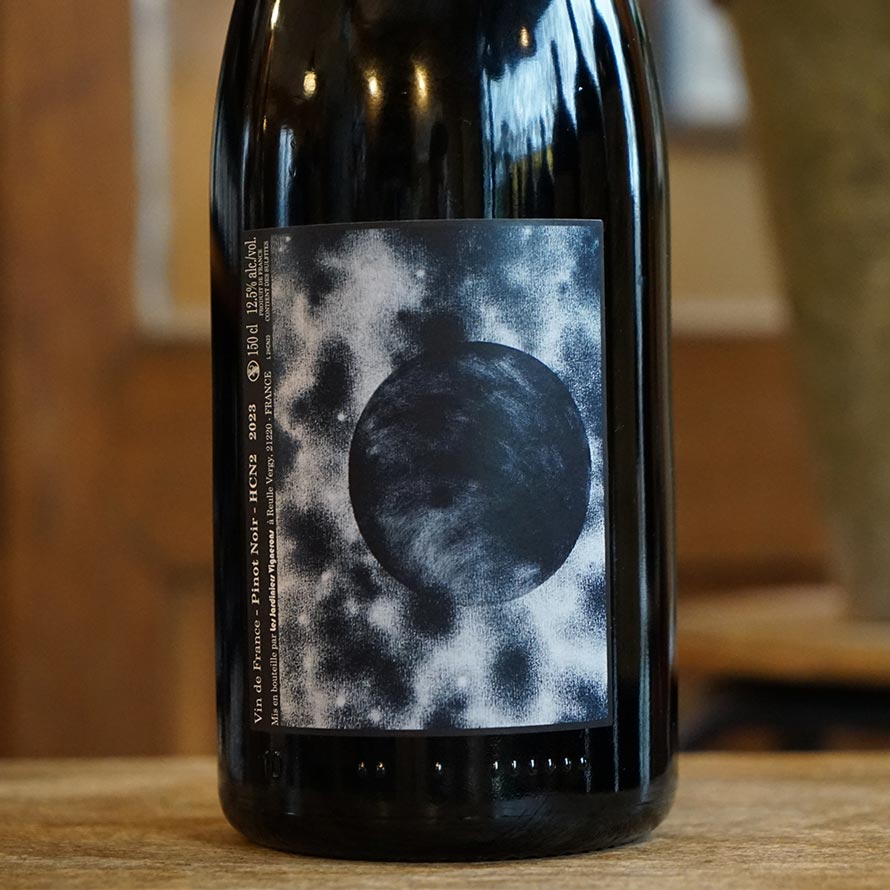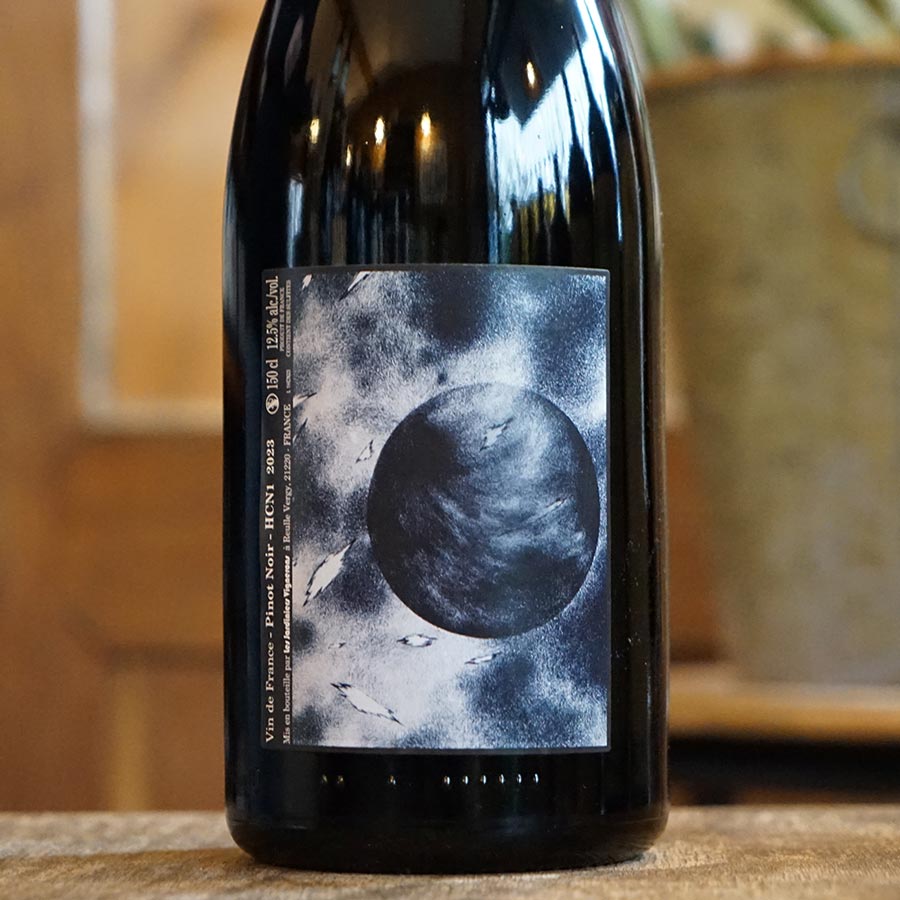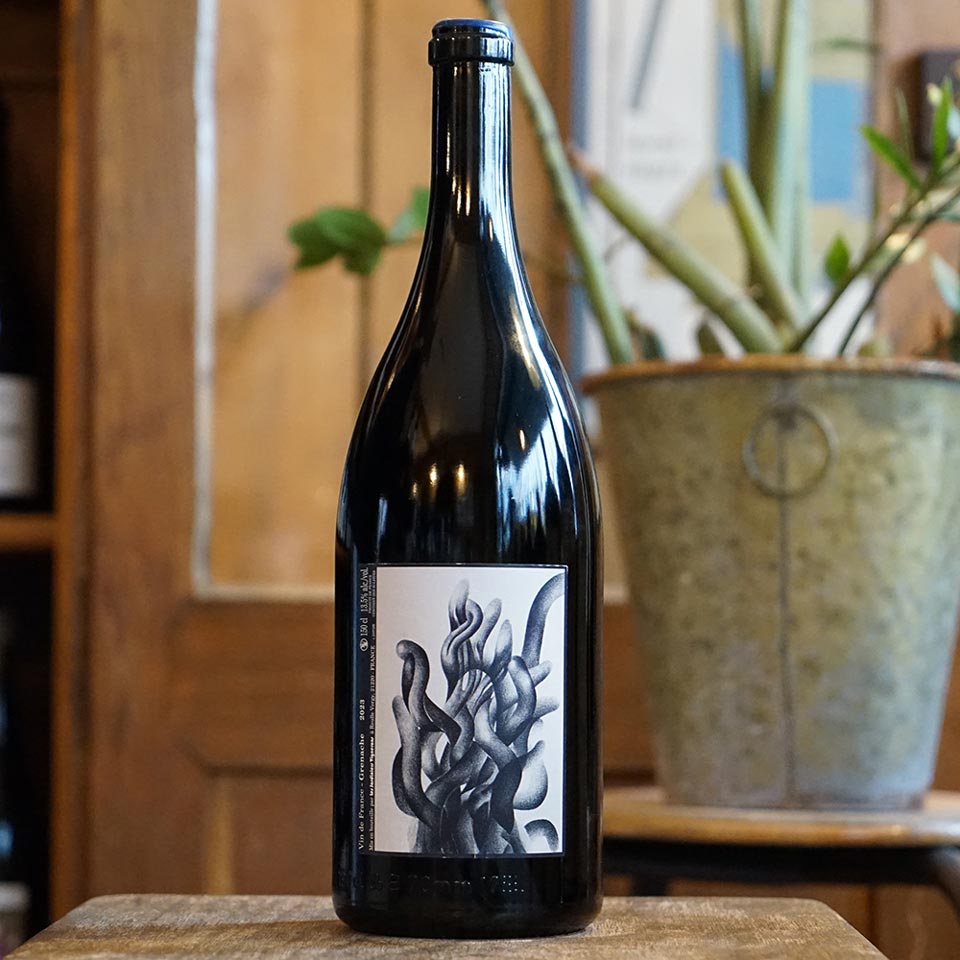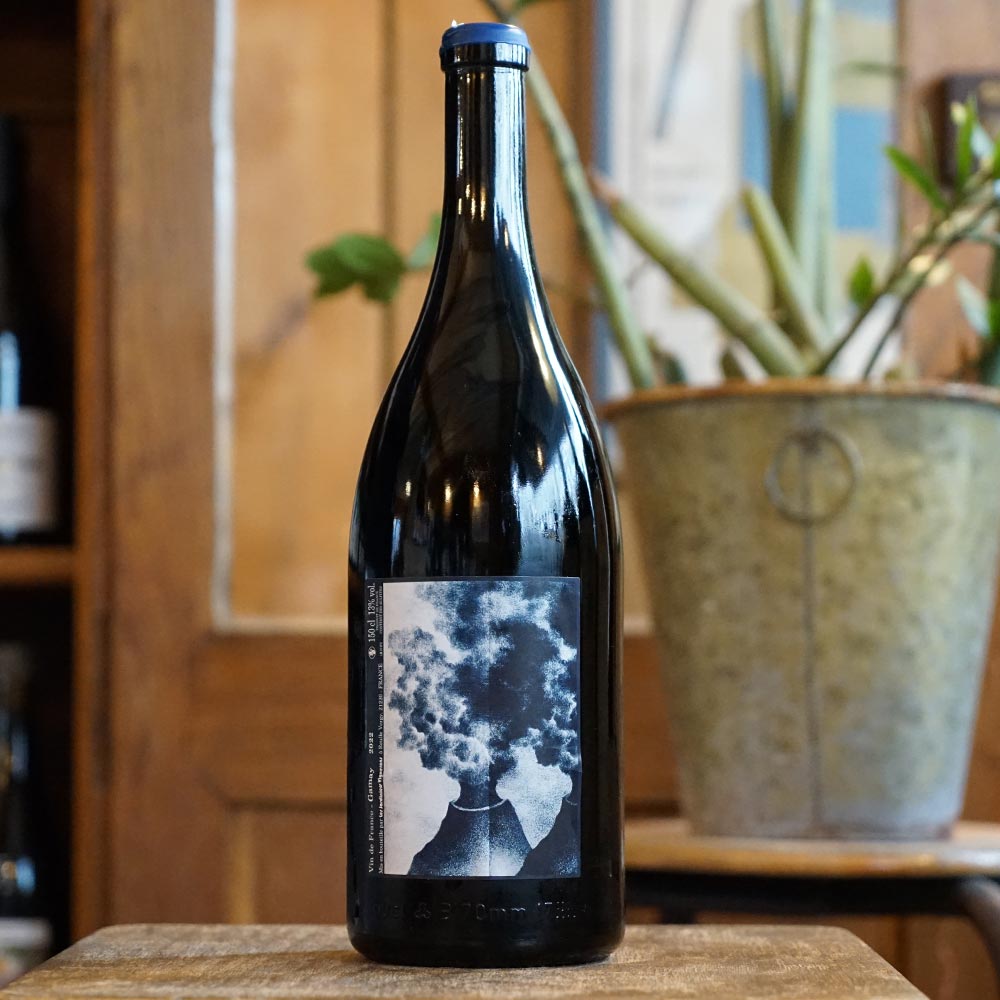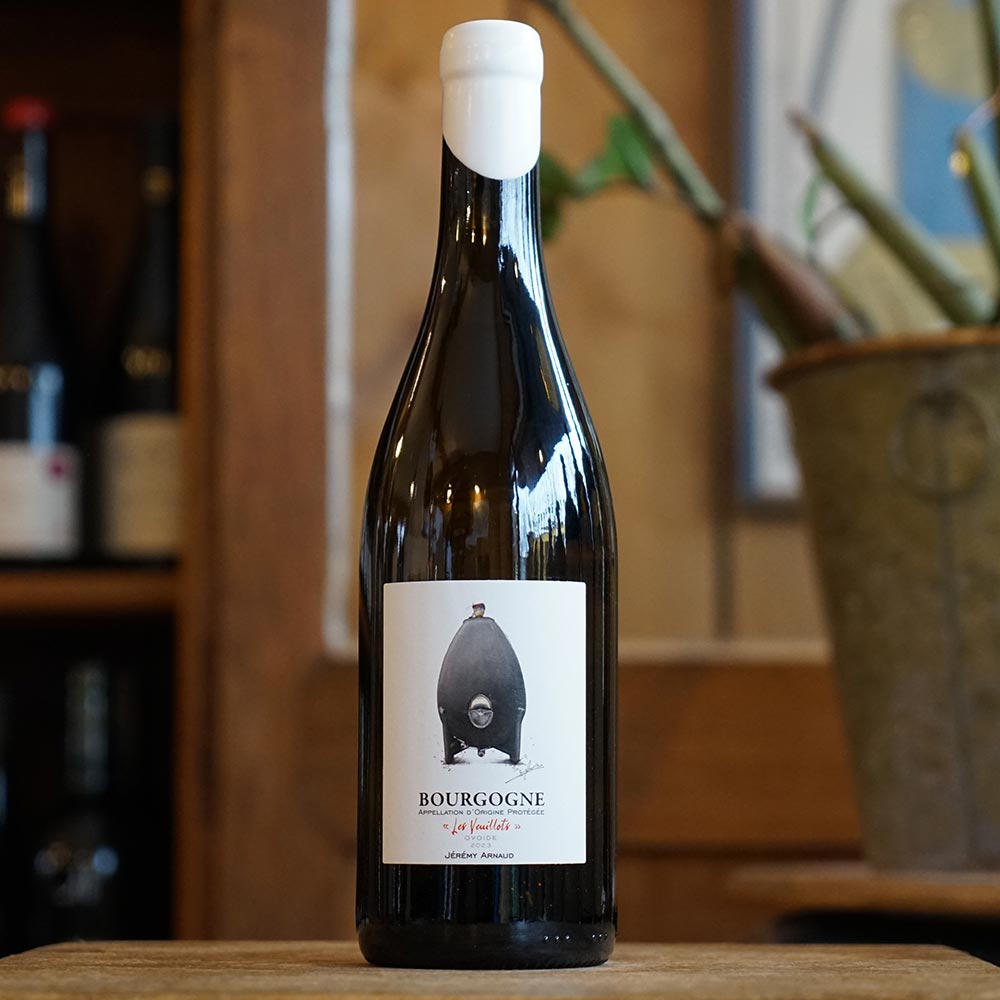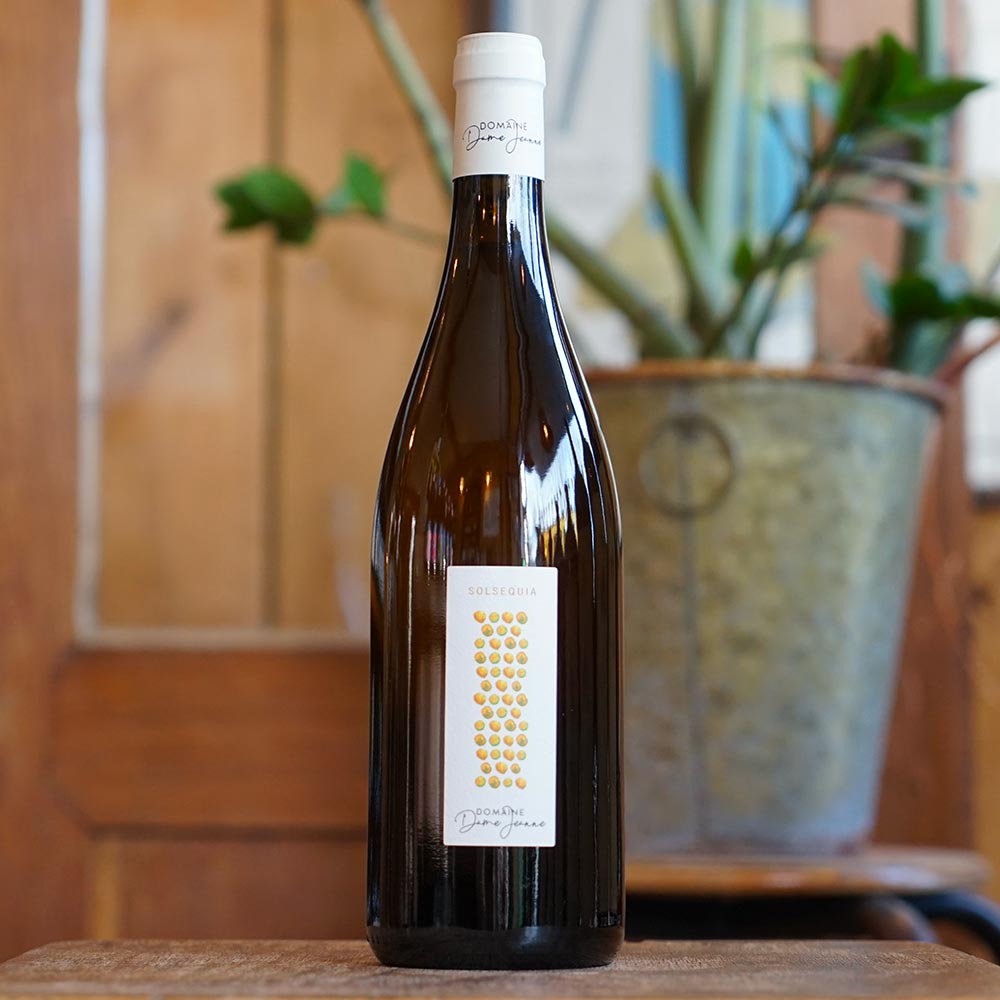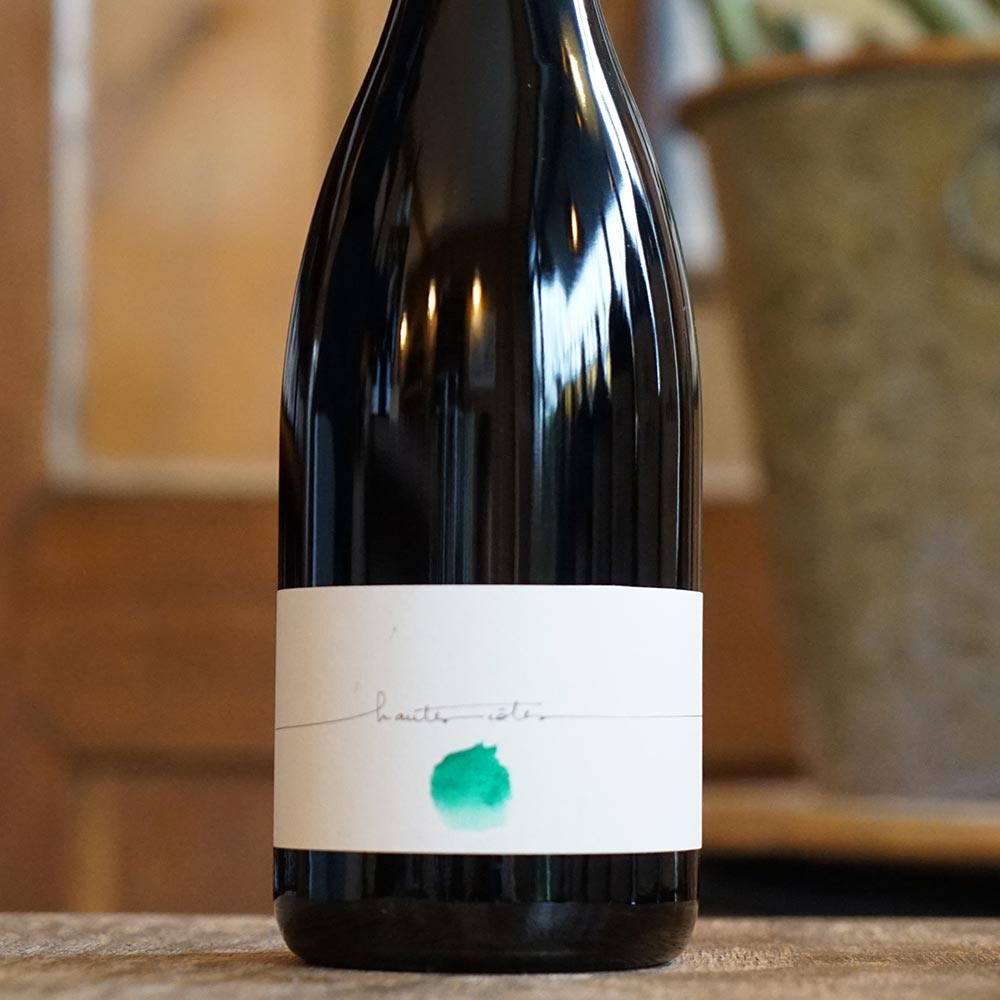Burgundy
With a surface area of almost 30,000 ha, Burgundy is a region whose wines are renowned for their quality. This French wine-growing area extends over three départements along the banks of the Saône: Saône et Loire, Côte d'Or and Yonne. There are some 4,000 estates spread over illustrious appellations such as Chablis to the north, Gevrey-Chambertin, Volnay and Pouilly-Fuissé to the south. Burgundy is first and foremost renowned for its exceptional terroir, made up mainly of the region's typical clay and limestone soils, as well as for its climats. Climats are very specific parcels of vines that have been defined for hundreds of years as being of particularly high quality, with their own history and terroir. There are over a thousand of them in Burgundy, all listed as UNESCO World Heritage Sites, each producing wines with their own unique identity.
Burgundy today produces a majority of white wines (more than 60% of its output), largely driven by Chardonnay, giving wines with multiple facets, depending on whether they have a voluminous, fat profile, or a more curved profile of frank minerality, like the natural white wines of the Valette family, who sign magnificent Pouilly references. Or if they come from the Chablis appellation, with its Kimmeridgian terroir and fossils of Exogyra Virgula, small comma-shaped oysters that give the tasting that mineral, almost saline touch so characteristic of this appellation, such as the Chablis of Clément Lavallée which are made using natural vinification methods with no chemical inputs or added SO2.
Burgundy Chardonnays are particularly noted for their exceptional ageing potential, developing specific aromas that are always overlaid with great freshness, year after year.
Although Burgundy is a major white wine-growing region, it is no less renowned for the finesse of its Pinot Noir wines, whose local expression is considered by many to be the most accomplished in the world, particularly in Côte de Nuits.
Thanks to the terroirs, of course, but also to the know-how and art of Burgundian ageing, we find deep wines, with delicate aromatic components and extremely velvety tannins. Since the late 1980s and early 1990s, a number of winemakers have been working with natural wines, including Frédéric Cossard, Philippe Pacalet and Julien Guillot. The work of Burgundy's pioneers in bringing us great natural wines from the finest appellations is today a great source of inspiration for their peers.
For a wider selection of natural Burgundy wines, visit Marée Haute.





